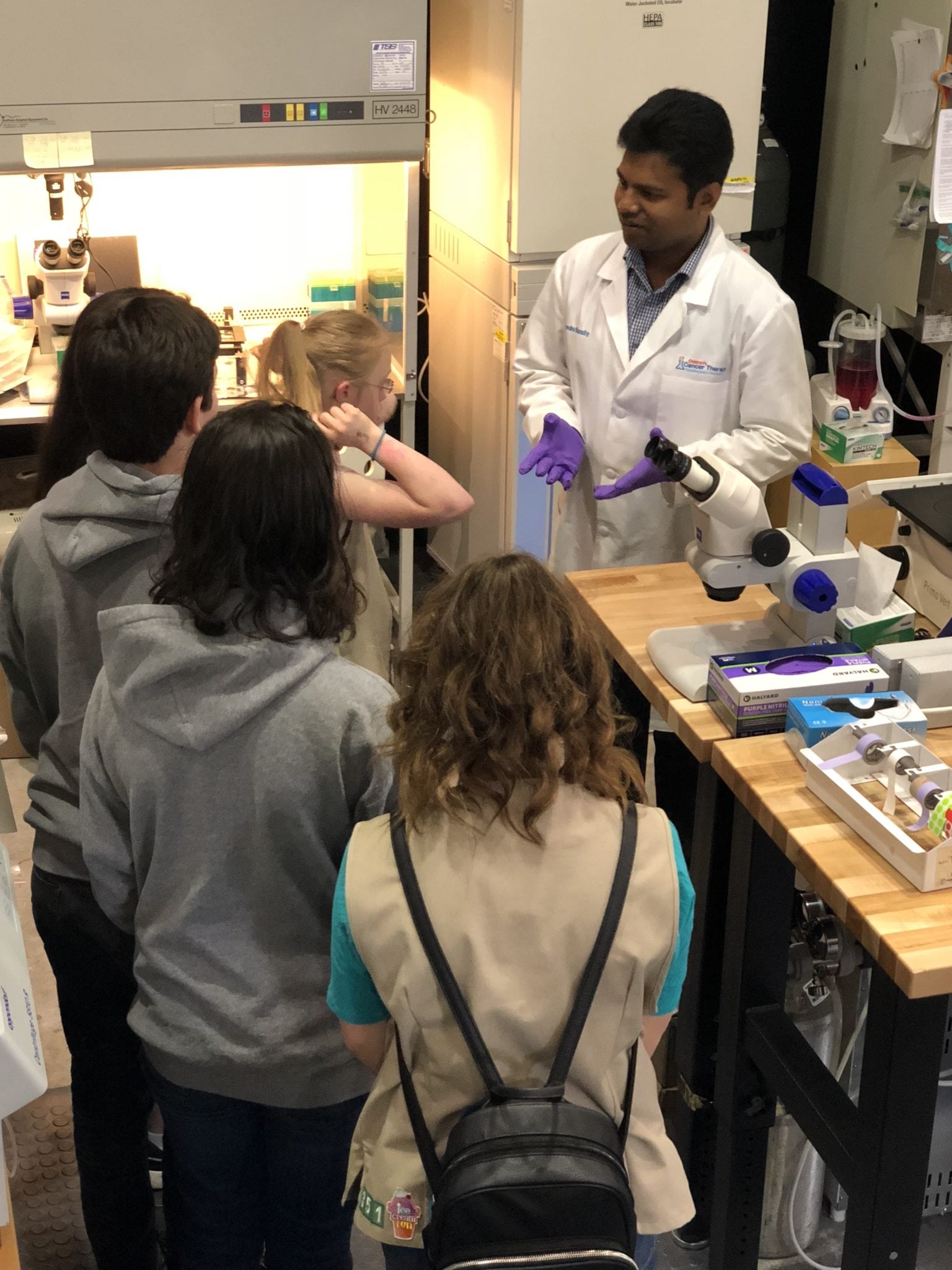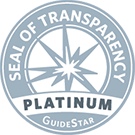Each week we will be featuring the work of a scientist on the cc-TDI team to give you a view into the lab and an update on our progress. While some might argue that the Science Fiction genre is the most imaginative view of the scientific universe, we would argue that some of the actual science happening in our lab might be even more innovative and imaginative…. Hence, we have decided to call this new bog series: Science Nonfiction. If you’re a Science Fiction fan (or even if you’re not), sit back and get ready to learn.
Take it away, Naren…
My postdoctoral research focuses on investigating the mechanisms of novel epigenetic therapy for children with muscle cancer (rhabdomyosarcoma). The data from the findings led directly to the opening of a Children’s Oncology Group (COG) cooperative group phase I clinical trial of Class I HDAC inhibitor, entinostat (ADVL1513/NCT02780804).
Most recently, the manuscript related to this translational work submitted to a scientific journal. The salient feature of the manuscript is, we address a disease with a substantially unmet clinical need, given that the outcome for the metastatic form of rhabdomyosarcoma has had a five-year survival of 8% since 1972.
The possibility of this translational work turning out to be a promising therapy for rhabdomyosarcoma excites me because of the fact there is only 6 FDA approved drug for pediatric cancer in the past 40 years. There is an urgent need for addressing the preclinical gap in childhood cancer research.
My research work at cc-TDI under the mentorship of Dr. Charles Keller and with the encouragement everyday by the fantastic team gives me more confidence and motivation to enter the next stage of taking the battle against all childhood cancer by using all my tools efficiently and continue my service to the humanity.
Ever since I was young, I have been inspired by science that makes Earth a better place to live, and being a part of the unique mission at cc-TDI makes me feel a part of that in finding childhood cancer cures.
All my work wouldn’t have been possible without active support in form of federally funded grant from NIH and initial support from St. Baldrick’s Foundation.


